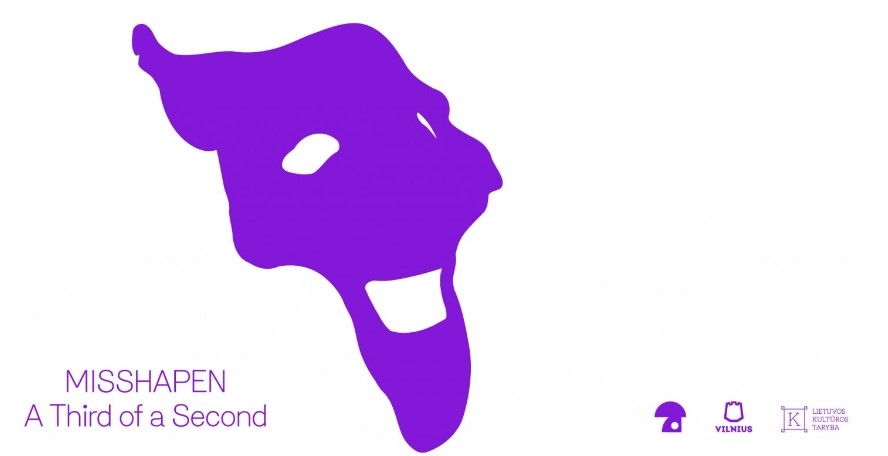The artwork to be presented now is explained by Milena CM, the author behind MISSHAPEN, as follows:
One third of a second encodes an impulsive choice or an unreasoned human act. It’s a moment of an unconscious decision; a moment that requires no efforts. On the contrary, this amount of time is even impossible to be consciously noticed. It is thought that 95% of decision-making brain activities are unconscious, and only 5% of them fall within the field of our consciousness. According to neuroscientists, it is obvious, and normal, that many actions we take are unreasoned and environment-driven, or – so to say – out of our understanding. It is by no means a negative thing though, as we simply could not function otherwise. This phenomenon is sometimes called an intuition that is said to be responsible for our unconscious, but right decisions. And what I doubt today is the very concept of “right decisions”. Thus the exhibition title, and the third Misshapen collection itself, refer to both my research in consumer behavior and the artwork that coronates it: the crown.
I have spent more than a year digging into what actions are possible to be taken – or, more precisely, refused – during these 313 milliseconds. The purpose of my 1/3 of a Second artistic research – that included numerous fields, such as neuromarketing, consumer behavior, trends, personalized design, and neuroscience – was to answer the following major question: why, and how much, do we consume today, and what could be done differently, more consciously.
In the process of the research, I have concluded that ethical values of jewelry are more important to me than aesthetical ones. The latter, by the way, change and fade away very quickly, together with trends, fast consumption, and a human desire to own yet more and more. That’s why the collection speaks for immoderate consumption rather than importance of jewelry aesthetics.
Why did you choose a crown as your single collection object?
The crown has been created while rethinking the historical aspect and roots of jewelry, as well as my own perception of importance of jewelry today. I designed it as a collection of artefacts, where the history and natural elements – such as shells, tree branches, nails, and horns – intertwin with what they are meant to protect from: witches, snakes, and demons.
A crown is a historically significant symbol of luxury, power, and a status. To ironize certain “royal” facts – that’s why I chose a crown as a symbol to sum up my artistic research, for the MISSHAPEN crown embodies the other side of the history of jewelry, it cannot be acquired, or owned.
MISSHAPEN It is a signal. The one sent by pairing together a human body with a unique on-body object. Loose in form but strong in message, MISSHAPEN handmade objects may require a body full of open-yet-sure personality. Well. That is the way your signal breaks through the ordinary glamour noise.
MISSHAPEN emerged out of the idea that beauty of jewelry should not be framed or reflect traditional aesthetical values. As the idea evolved, the litteral meaning of “misshapen” transited from the level of matter to the one of approach – so MISSHAPEN could be our perception of what is beautiful, and what is not, rather than just slightly weird jewelry. Today, it is an approach to misshapen consumer habits that questions the impact of neuromarketing to our unconscious desires and emotion-based decisions to act, i.e. to buy.
The curators: Milena Černiakaitė and Aušra Trakšelytė.
The communication: Menų Komunikacija.
Graphic design: Marek Voida
The exhibition is partly funded by Vilnius City Municipality and the Lithuanian Council for Culture.





